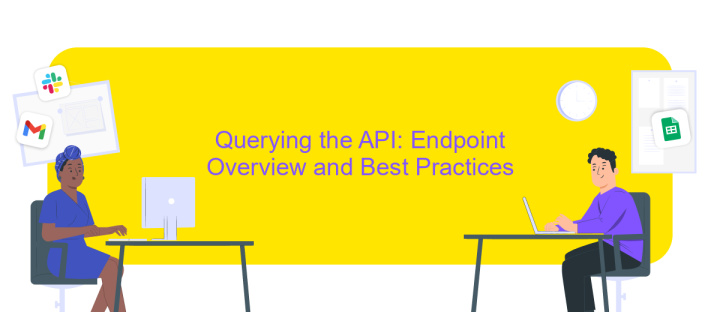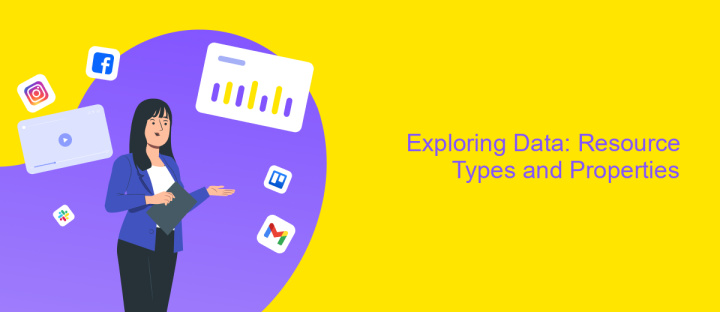Dev Connector API
The Dev Connector API is a powerful tool designed to streamline communication and collaboration among developers. By offering a robust set of features, it simplifies the integration of various development tools and platforms, enhancing productivity and efficiency. Whether you're managing projects, tracking issues, or sharing code, the Dev Connector API provides a seamless experience that caters to the dynamic needs of modern development teams.
Introduction: Understanding the Dev Connector API
The Dev Connector API is a powerful tool designed to facilitate seamless integration and interaction between developers and various platforms. It serves as a bridge, enabling developers to connect their applications with external services, thereby enhancing functionality and user experience. By offering a standardized way to access data and services, the Dev Connector API simplifies the development process and accelerates time-to-market for new applications.
- Comprehensive documentation to guide developers through the integration process.
- Robust authentication mechanisms to ensure secure data exchange.
- Scalable architecture to accommodate growing application demands.
- Support for multiple programming languages to enhance developer accessibility.
- Regular updates and maintenance to ensure compatibility with evolving technologies.
Understanding and leveraging the Dev Connector API can significantly enhance a developer's ability to create dynamic and responsive applications. By utilizing its features, developers can streamline their workflows, reduce development time, and focus on building innovative solutions. Whether you are a seasoned developer or just starting, the Dev Connector API provides the tools and resources necessary to succeed in today's competitive tech landscape.
Connecting to the API: Authentication and Authorization

To connect to the Dev Connector API, understanding authentication and authorization is crucial. The API employs a token-based authentication system, requiring users to obtain a unique API key upon registration. This key must be included in the header of every request to ensure secure access. The API uses OAuth 2.0, a robust framework that allows client applications to access server resources on behalf of a user, without exposing their credentials. This process involves obtaining an access token, which grants limited access to the API's resources.
For seamless integration, consider using a service like ApiX-Drive, which simplifies the connection process by automating data exchange between your application and the Dev Connector API. ApiX-Drive supports various authentication methods, including OAuth 2.0, making it easier to manage tokens and credentials. By leveraging such services, developers can focus on building features rather than dealing with complex authentication protocols. Always ensure that your API key and tokens are kept secure to prevent unauthorized access and maintain the integrity of your application.
Querying the API: Endpoint Overview and Best Practices

When working with the Dev Connector API, understanding how to efficiently query the endpoints is crucial for optimal performance and data retrieval. This API offers a range of endpoints designed to interact with user profiles, posts, and comments, enabling developers to build robust social networking features. Familiarize yourself with the API documentation to ensure you use the correct HTTP methods and request structures.
- GET /api/profiles - Retrieve a list of user profiles.
- POST /api/posts - Create a new post on the platform.
- GET /api/posts/:id - Fetch details of a specific post.
- PUT /api/posts/:id - Update an existing post.
- DELETE /api/posts/:id - Remove a post from the platform.
To maximize the efficiency of your API queries, always include necessary parameters and headers, such as authentication tokens, to avoid unauthorized access errors. Implement pagination when dealing with large datasets to reduce server load and improve response times. Additionally, cache frequently accessed data to minimize redundant API calls. By following these best practices, you ensure a seamless integration with the Dev Connector API, enhancing both performance and user experience.
Exploring Data: Resource Types and Properties

In the world of Dev Connector API, understanding the various resource types and their properties is crucial for effective data exploration. Each resource type offers unique attributes and functionalities, enabling developers to interact seamlessly with the API. By familiarizing yourself with these resources, you can optimize your application's performance and enhance user experience.
Resource types in the Dev Connector API are designed to cater to different aspects of development and networking. These resources provide structured data that can be utilized to build robust applications. Knowing the characteristics and capabilities of each resource type is essential for leveraging the full potential of the API.
- User Profiles: Contains information about users, including their skills, experience, and social links.
- Posts: Allows users to share updates, ask questions, and engage with the community.
- Comments: Enables interaction on posts, fostering discussion and collaboration.
- Likes: Facilitates engagement by allowing users to express appreciation for posts.
Exploring these resource types and their properties provides a comprehensive understanding of how to interact with the Dev Connector API. By utilizing these resources effectively, developers can create dynamic applications that meet the needs of their users and foster a vibrant community.
Case Studies: API Applications in Real-World Scenarios
In the bustling world of digital applications, APIs play a crucial role in connecting disparate systems and enabling seamless data exchange. One compelling case study involves a burgeoning e-commerce platform that leveraged the Dev Connector API to enhance its customer experience. By integrating the API, the platform enabled real-time inventory updates and streamlined order processing across multiple sales channels. This not only improved operational efficiency but also significantly reduced the time customers spent waiting for order confirmations, ultimately boosting customer satisfaction and retention.
Another noteworthy example is a healthcare provider that sought to enhance patient engagement through digital solutions. Utilizing the Dev Connector API, they successfully integrated various patient management systems, enabling a unified view of patient records. This integration facilitated better communication between healthcare professionals and patients, leading to more personalized care. To streamline these integrations, they employed ApiX-Drive, which simplified the connection process and ensured data consistency across platforms. By harnessing the power of APIs, the healthcare provider improved service delivery and patient outcomes, demonstrating the transformative potential of APIs in real-world scenarios.
FAQ
What is Dev Connector API?
How can I authenticate my application with Dev Connector API?
What kind of data can I access using Dev Connector API?
How can I automate data integration with Dev Connector API?
What should I do if I encounter an error while using Dev Connector API?
Time is the most valuable resource in today's business realities. By eliminating the routine from work processes, you will get more opportunities to implement the most daring plans and ideas. Choose – you can continue to waste time, money and nerves on inefficient solutions, or you can use ApiX-Drive, automating work processes and achieving results with minimal investment of money, effort and human resources.

